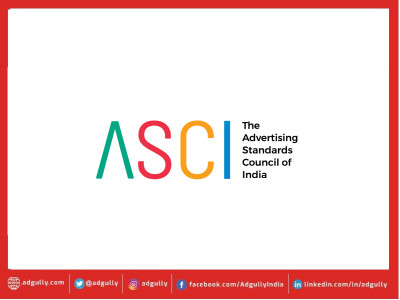A fresh rethink for traditional advertising amid COVID-19 crisis
Bhaskar Majumdar, Head - Corporate Affairs, Communication & Digital media, Egis India, examines the impact of the COVID-19 pandemic on traditional advertising and stresses on democratic distribution of intelligently crafted personalised and relatable high-value advertising content through an integrated omni-channel media.
The world over, COVID-19 pandemic has brought about wide arrayed disruptions in consumers’ lives, and advertisers’ marketing activities are no exception to this. Several ad and marketing campaigns got cancelled, events were scrapped and launches rescheduled. While there are sections who feel that traditional marketing is crucial and indispensable for holistic brand building, the Coronavirus crisis almost proved overnight that a digital-first approach is a key. Digital is cost-efficient than print, faster and better in terms of spiking consumer interest and keeping them engaged in brand conversations.
Also, with shrinking marketing budgets and dilapidating profit margins of companies, revenue streams of traditional media have been severely impacted. In the post-COVID 19 world, brand marketers will increasingly and innovatively look at digital marketing. While the early movers will further update their digital presence, many will adopt newer business models and evolve, in order to cater to specific target groups online.
Data will be at the heart of everything, especially in the advertising and marketing industry and, therefore, nurturing data will reap many benefits for brands. Companies will increasingly gather, analyse and interpret data to understand their consumers’ behaviour better and this will assist them in serving them in an effective manner. In a world that is changing so fast and behavioural shifts happening at a heightened pace, not only will data give you a competitive advantage, it will also help you predict potential future markets of your product or service.
Also, brands will need to address and respond to external situations faster and rationalise spending on their goals, both in the short as well as in the long term. Without data, this is impossible to do and, therefore, data-driven and tech-focussed campaigns beckon the future. Long term transformational shifts will take place and marketing and IT will be juxtaposed. All-encompassing data-driven organisations will rule the roost.
Another aspect of the post-COVID 19 world will be that brands will become truly and genuinely customer-centric. Consumers are now isolated and quarantined in their homes and this forced social distancing is making them crave for human interaction. So, how are they satiating this urge? By going online. Since the start of the COVID-19 outbreak, Facebook reported 70 per cent spike in video calls using Facebook Messenger.
Social media platforms have historically been impactful mediums for brands to connect with their consumers and communities. Now is the time for brands to be more present, responsive and address consumer’s needs, demands, wants and aspirations, more holistically. The key is to become truly responsible. For example, Levi’s launched online concerts on Instagram to keep consumers entertained at home during the COVID-19 crisis abroad.
It is important to note here that marketing is not just about devising strategies and keeping aside funds to market a product or a service. Things have changed and now marketing is also about being flexible in terms of choosing channels of communication, building communities and looking after your consumers. Digital allows this type of agility and nimbleness that traditional marketing cannot. In the post-COVID 19 world, marketers will amplify their social media spends and in community building. The money will be invested in digital channels.
Moreover, brands will also be more socially responsible. Since brands are in constant contact with communities and consumers, they are in a better position to address consumer’s needs and have a positive impact on them. In this day and age, the potential backlash is easy to happen if brands act irresponsibly.
Today’s consumers are hard-pressed for time and their content consumption behaviour has become more instant, crisp and across any available platform or handy device. Brands need to take this aspect into consideration and market their offerings to be present where the consumer is. Democratic distribution of intelligently crafted personalised and relatable high-value advertising content through an integrated omni-channel media is what will cut the ice.


















Share
Facebook
YouTube
Tweet
Twitter
LinkedIn